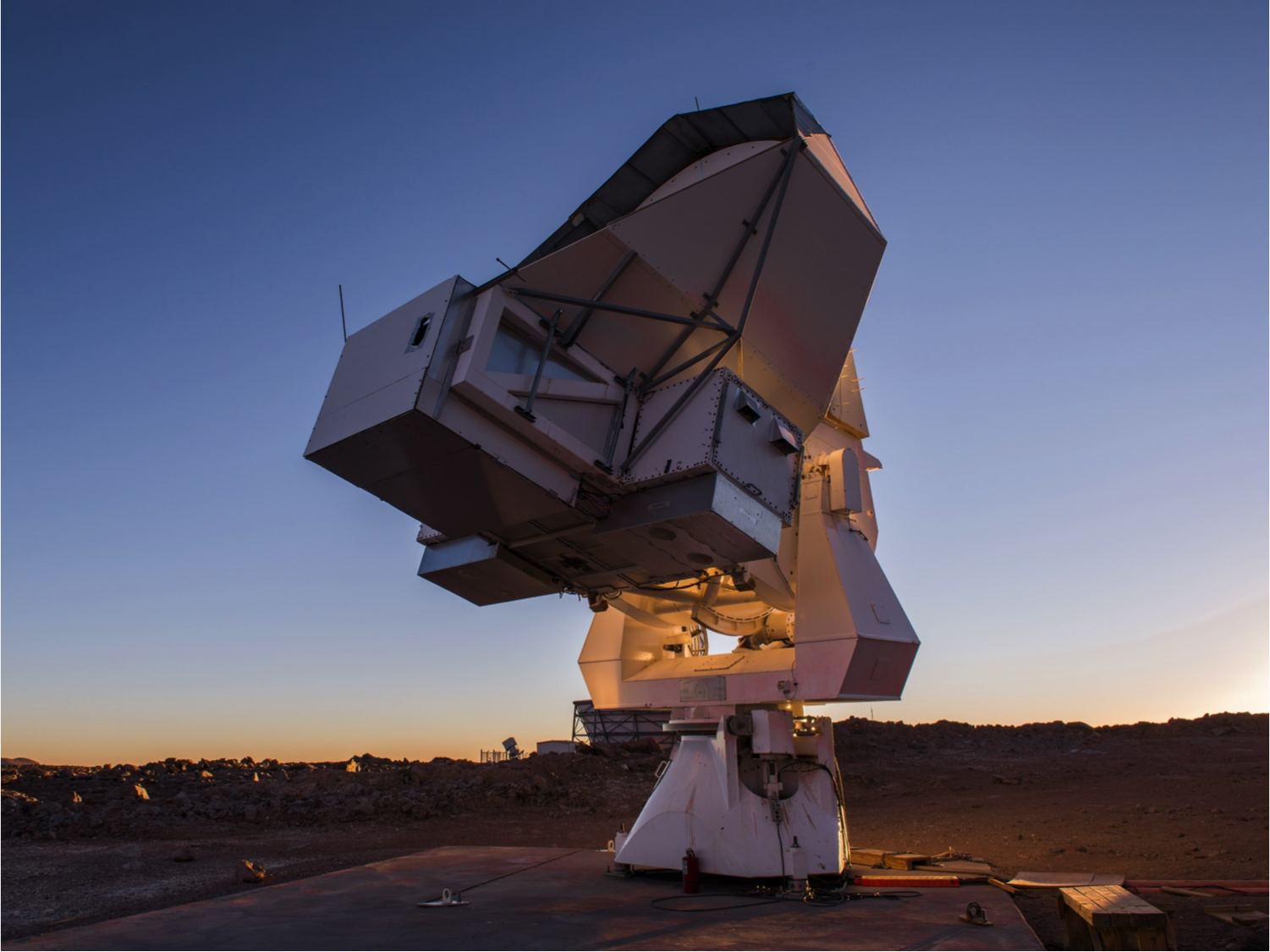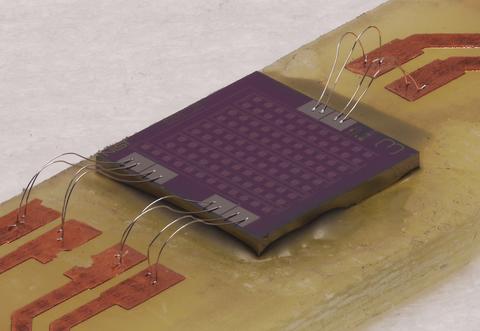Simons Array/POLARBEAR

Telescope Details
Location
James Ax Observatory at Cerro Toco in the Atacama Desert, Chile
Purpose
The three telescopes observed the cosmic microwave background to measure patterns from the Big Bang, the early inflation of the universe. Expanding on POLARBEAR, the Simons Array provided an unmatched combination of mapping speed, multifrequency sensitivity and sky coverage.
The observatory was intended to observe a predicted effect in which galaxies between the cosmic microwave background and Earth twist the microwaves coming from the background.
NIST’s role
NIST provided SQUID multiplexers.
Significant discoveries and current status
POLARBEAR produced the first direct, unassisted measurement of microwaves that were twisted by galaxies between when they were emitted by the cosmic microwave background and when they were observed on Earth. This measurement has helped astronomers make more precise measurements of the microwave background and study the evolution of structure in the universe, including mysterious dark matter and dark energy.
Other interesting facts
POLARBEAR’s name has caused some confusion. It’s not located at the South Pole, and there are no polar bears there anyway! (They live near the North Pole.) The name was originally derived from the signal it was looking for: POLARization of Background Radiation.
Funded by
Simons Foundation
Collaborators
The University of California San Diego leads a research collaboration of 20 institutions.
Media

Contacts
-
(303) 497-6164

